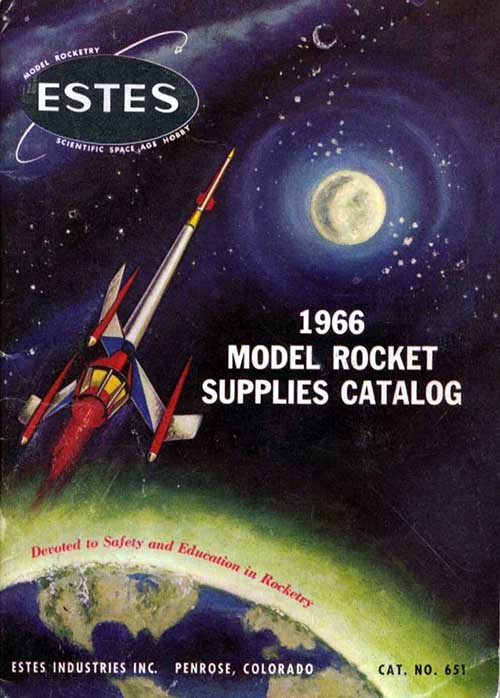Model Rockets Can Go Pretty Fast

Model rockets are lightweight rockets powered by very small engines. A typical model rocket has a mass of 50 grams. Similarly, a typical "class C" model rocket engine can produce a total impulse of 10 Newton-seconds. We usually launch model rockets vertically, but if I instead launch this rocket horizontally, how fast would it be going in m/s after the engine burns out?
Details and assumptions
- Neglect air resistance.
The answer is 200.
This section requires Javascript.
You are seeing this because something didn't load right. We suggest you, (a) try
refreshing the page, (b) enabling javascript if it is disabled on your browser and,
finally, (c)
loading the
non-javascript version of this page
. We're sorry about the hassle.
13 solutions
Inicialmente, devemos encontrar o tempo decorrido.
I = F × Δ t I = ( P × g ) × Δ t 1 0 = ( 0 . 0 5 × 9 , 8 ) × Δ t 0 . 4 9 Δ t = 1 0 Δ t = 2 0 , 4 s
Com isso,
V = V o + α × t V = 0 + 9 . 8 × 2 0 . 4 V = 1 9 9 . 9 2 m/s
I = △ P which P 1 = m V and P 2 = m 0 so, 1 0 = 0 . 0 5 V − 0 , V = 2 0 0 s m
Impulse is equal to mv-mu therefore mass is 50gm , so we should convert it into kg so we get 0.05kg substituting it into equation we will get v-u is equal to 200
impulse=change in momentum 10=50 x 10^(-3) x v hence v=300m/s
200*
that is wrong the answer is 200
The equation for momentum is mass \times velocity . So to find the velocity we must divide 10 Newton Seconds (the SI unit of momentum) by 0.05 kg to get 200 m/s.
We know if F = kg m/s^2, We must thinks that F = (mass x velocity)/time --->then, I = F.t ---> I = m.v/t . t ---> I = mv ----> v = I/m ---> v = 10/(0.05) m/s = 200 m/s. Answer : 200
Yo,as for this just use that impulse formula that is Ft-mv-mu,given m=0.05kg,then u=0m/s,
Ft=mv-mu=10 m(v-u)=10 0.05(v-0)=10 v=10/0.05=200 m/s....thanks...
O impulso é igual a quantidade de movimento
I=Q
10=0,05*V
V=200m/s
Impulse = Mass * time. So, Impulse = 1 0 N ∗ s , mass = 0.05 kg, time = ???.
time:= m a s s i m p u l s e = 0 . 0 5 1 0 = 5 1 0 ∗ 1 0 0 = 2 E + 2 seconds or 2 0 0 seconds
It's wrong, I'm sorry
m = 50 g p = 10 N.s v = ? (p/m)
Since p is N.s, hence it is also kg-m/s , so you only need to convert the mass to kg. So, if m = 50 g, = .05 kg.
Substitution: v = p/m = (10 kg-m/s)/.05 kg = 200 s
m = mass p = impulse v = velocity/speed
Impulse equals to delta (change in) momentum = m × v
so, 1 0 = 0 . 0 5 × v
v = 2 0 0
what is the process
Note that Change in momentum = Impulse
m(v-u)= p. 0.050kg (v-0) = 10 Ns Hence v = 10 Ns/0.050 kg = 200 m/s